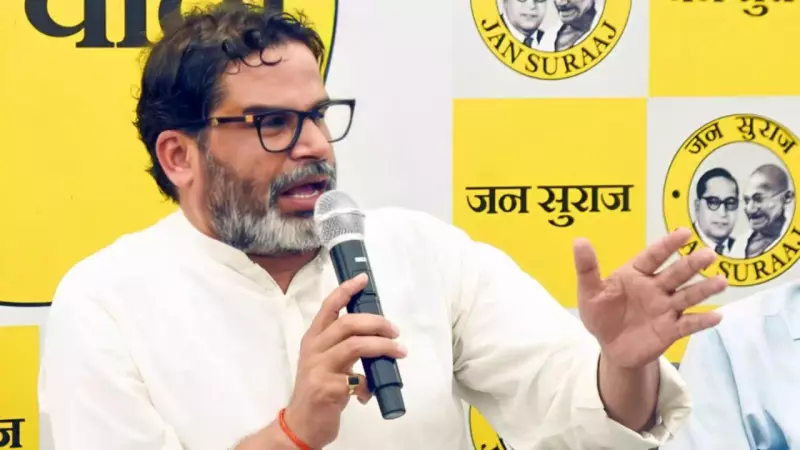
The Master Strategist's Electoral Debut Ends in Disappointment
Prashant Kishor, the celebrated political strategist who engineered numerous electoral victories for major parties, faced a harsh reality check when his own political vehicle, Jan Suraaj, failed to make any significant impact in the Bihar 2025 assembly elections. The man who once operated from behind the curtains found himself center stage with disappointing results.
From Political Kingmaker to Electoral Novice
After a decade of crafting winning strategies for others, Kishor attempted to transition from being an architect to becoming a contender in Bihar's political arena. His approach was characteristically methodical - a 3,000-kilometer padyatra beginning October 2022, meticulously designed policy blueprints, data-driven campaigns, and a vision for "Jan Suraaj" or people's good governance. However, the theoretical perfection of his strategy collided with the complex realities of Bihar's political landscape.
The comparison to Arvind Kejriwal's successful entry into politics in 2013 proved misleading. While both presented themselves as educated disruptors promising clean governance and citizen-centric politics, Kejriwal managed to build a disciplined party machinery whereas Kishor created a mission without the necessary organizational muscle.
Critical Structural Weaknesses That Doomed Jan Suraaj
The Lone Face Paradox: Despite building his campaign around his personal brand, Kishor didn't contest himself, and Jan Suraaj failed to develop a recognizable second line of leadership. The party lacked the booth-level army essential for converting public interest into actual votes.
Candidate Selection Mismatch: Jan Suraaj's candidate lists emphasized professional credentials over political experience. The first list of 51 candidates included mathematicians, doctors, retired bureaucrats and engineers, while the second list of 65 candidates focused on social representation with 31 from extremely backward classes and 21 Muslims. However, these professionally qualified candidates lacked local roots and name recognition.
Padyatra Without Political Foundation: While Kishor's marathon walk across Bihar generated significant media attention and helped him understand ground realities, it failed to translate into a solid voting bloc. The narrative remained abstract for many rural voters, and the campaign lacked sustained micro-level follow-up.
Execution Failures and Strategic Missteps
The party announced candidates relatively late, leaving insufficient time for ground-level campaigning. Without local cadres and booth-level workers, even well-designed campaigns couldn't mobilize voters effectively. Early Election Commission of India trends showed Jan Suraaj candidates trailing badly even in constituencies they contested seriously.
Furthermore, the party's attempt to occupy a third space between the NDA's development narrative and the opposition's identity politics left it squeezed from both sides. Voters ultimately preferred familiar local leaders with established community connections over unknown professionals with impressive resumes.
Five Crucial Lessons for Future Political Ventures
The Jan Suraaj experiment offers valuable insights for any new political entrant in Bihar: Building local cadres must precede campaigning; candidate local roots matter more than professional qualifications; mass movements need conversion mechanisms; political positioning requires clarity; and organizational infrastructure ultimately trumps novelty.
As Bihar recorded a record 66.9% voter turnout and the NDA coalition surged toward a clear majority, Prashant Kishor's ambitious political debut served as a stark reminder that in Indian politics, especially in states like Bihar, ground-level organization and local connections remain indispensable, no matter how sophisticated the strategy.





